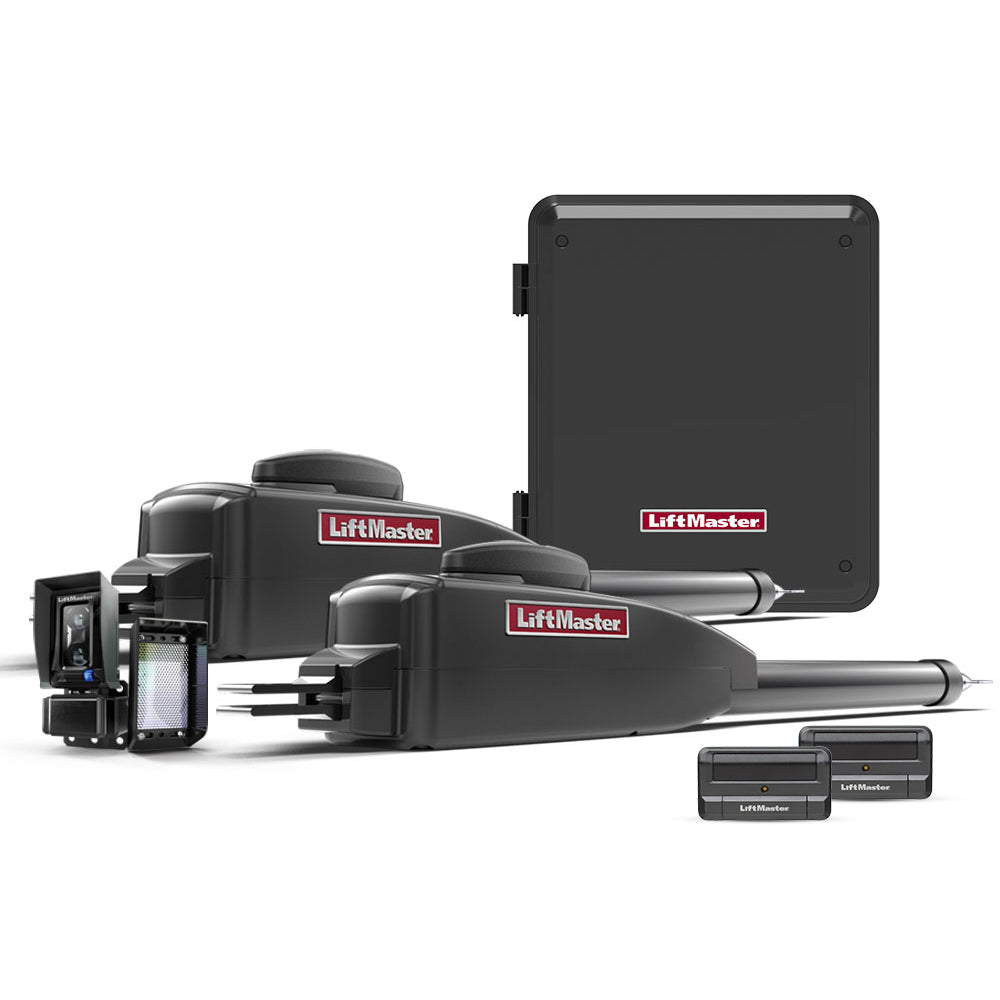A complete maglock installation goes beyond mounting the locking mechanism on your gate. You must factor in the power source, controls, and correct wiring. But before all these, you must consider the type of application and the correct electromagnetic lock to suit your need.
This guide will share practical tips for a hassle-free gate maglock installation, so keep reading to understand what to do and not do when installing a magnetic lock for your gate.
Factors to Consider When Choosing a Gate Maglock
Let’s start with the basic things to remember when choosing a maglock for your gate.
Gate Type
What gate type do you have? The good news is that maglocks can be installed in nearly all gate types, including slide and swing gates. It doesn’t matter whether they are manual or automated; the locking mechanism will work just fine, provided it is installed correctly.
However, considering gates come in vast designs, you need to pick the right maglock accessories for your gate.
In addition to an L & Z bracket, you might need custom brackets and other attachments to fit the locking device to your gate.
Magnetic Lock Holding Force
Next, consider the security level needed and determine the adequate holding force to match what you want.
The holding force refers to the pulling force or strength of the electromagnetic lock and is measured in pounds. This will vary depending on the application. For example, the holding force required to keep a cabinet locked is significantly lower than what is needed to secure a gate in a high-security facility.
A 600-pound magnetic lock might be ideal for an office door, but you should consider a model with a holding force of 1,200 pounds or more for a gated entrance. Depending on the applications’ security level, it may be necessary to go as high as 2,600 pounds or more.
Location and Environmental Factors
On the surface, magnetic locks all look the same, but that’s not exactly correct. When choosing a maglock for your gate, consider the location of the gate. Is the gate in a dry area and protected from rain and other weather conditions?
Most main gaits are exposed to environmental factors all year round, so ensure to choose a maglock rated for outdoor use. These models feature weatherproof designs to withstand the elements.
An indoor maglock might have a high holding force for doors between rooms, but using it for an entrance gate is usually not a good idea in the long run.
Power Source, Wiring, and Controls
Maglocks are fail-safe locking devices, meaning the magnetic flux will deactivate, and your gate will unlock when there is a power outage.
You don’t want to leave your main entrance or exit unsecured because of a power failure. For this reason, you should consider investing in a backup power source to keep your gate locked, even when power is cut off.
Also, consider using an armored cable if the wiring can easily be accessed outside the gate. This will make vandalism attempts difficult.
If you’ll like to control the magnetic lock remotely or use it with an access control system, it is recommended to factor in the best connectivity and how to set that up during the installation.
Maglock Installation Tips
Once you’ve picked the correct maglock for your gate, it is time to mount the lock assembly and connect it to a power source. Here are seven important tips to help you get the job done.
1. Determine if You Need Additional Hardware
You want to save additional trips to the hardware store in the middle of installation, so it makes sense to inspect the gate to determine if you’ll need custom brackets, extra attachments, and other pieces of hardware.
2. Identify the Correct Spot for Each Component
A maglock typically consists of an armature plate and a magnetic lock, with each component specifically designed to attach to a specific part of the gate.
The armature should be mounted on the gate post (the leading edge of the gate), while the magnetic lock should be installed in the fence post. It is important to follow this arrangement regardless of whether you have a swing or slide gate.
3. Prep the Fence Post for Mounting the Magnetic Lock
Choose your preferred location on the fence post to mount the lock. Mark the spots where the screws will go and drill holes for the screws.
Remember to factor in the bracket when marking and drilling screw holes if you are not mounting the lock assembly directly to the fence post.
4. Prep the Gate Post for Mounting the Armature Plate
Mark the spots for mounting the armature plate to the gate post, ensuring it aligns with the magnetic lock position on the fence post. Remember to factor in the L & Z bracket if you’re not mounting the armature plate directly to the leading edge of the gate.
5. Mount the Armature and the Magnetic Lock
Once the screw holes are drilled in the fence and gate posts, go ahead and mount the armature plate and magnetic lock assembly, following the installation instructions in the owner’s manual.
6. Verify the Alignment
Before powering the locking mechanism and testing the installation, close the gate to check if the armature plate and the magnetic lock make full contact. Adjust the components if necessary to ensure they are properly aligned.
You don’t want any gap between the armature plate and the magnetic lock. Any gap will reduce the holding force of the lock, meaning it won’t secure your gate properly.
7. Test the Maglock Installation
The installation process is incomplete without testing, so you should test the lock to make sure it works as expected.
Once you are sure the lock assembly is properly aligned, go ahead and power the maglock. It should close the gate tightly as long as there is power. Unlock the locking mechanism with your preferred access system. This simply means cutting off the power supply to the maglock to unlock the gate.
Keep in mind that every situation is different, so always consult a professional if you have any questions or concerns. We’re always here to help, so feel free to contact us if you need assistance with anything related to your gate maglock system.













